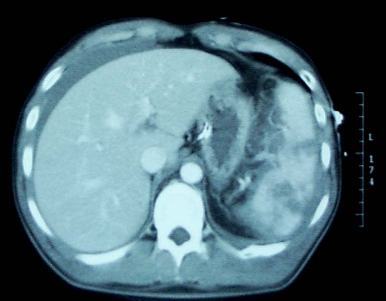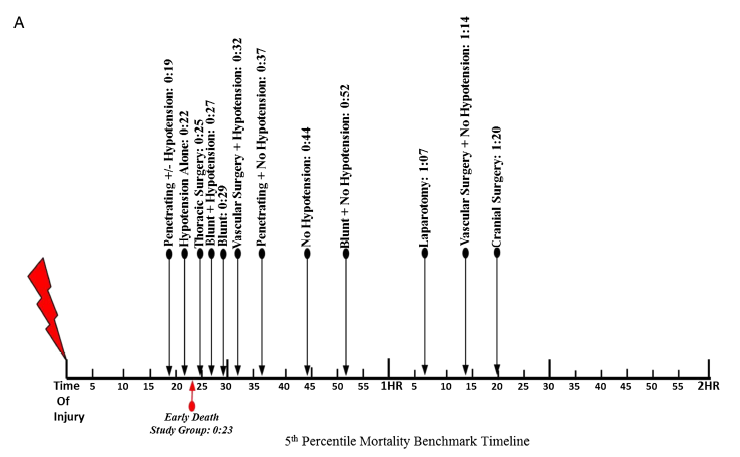The Rural Trauma Team Development Course (RTTDC) was introduced by the American College of Surgeons (ACS) to improve the care of trauma patients in rural communities. It is a staple of education for Level III and IV trauma centers in rural areas. Like everything else, most courses were shut down by the COVID-19 pandemic.
Conemaugh Memorial Medical Center in Johnstown, Pennsylvania, polled its local referral hospitals and discovered that the majority felt a significant need for continuing, in-person education that was not being met. This need, coupled with the observation of an increased number of opportunities for improvement in patients transferred to them, led them to consider adapting the RTTDC to a virtual format so the course could continue.
Since RTTDC is a product of the ACS, it is no simple matter to change it in any way. The trauma program worked with the ACS to get permission to make changes to the course. Speakers with specialization in their topic recorded all of the lectures. They contained embedded questions to be answered using the polling feature of the Zoom software used.
The most challenging adaptation was simulation development for the hands-on portions of the course. These were painstakingly recorded on video in a simulation laboratory and incorporated into the lecture material.
Preregistration was brisk, and 41 participants signed up for the course. The format consisted of a lecture with live discussion and participant questions, followed by a simulation video moderated by the course director. All questions were answered before moving on to the next module.
Several positive changes were noted in the months following the course:
- Many facilities purchased additional equipment, such as traction splints, pelvic binders, and blood warmers.
- Some hospitals began acquiring tranexamic acid and prothrombin concentrate.
- One facility modified its radiographic imaging policy.
- All hospitals tightened their performance improvement processes and began to identify more opportunities for improvement.
Of course, some downsides were also identified:
- Production of the course was very intensive and administratively challenging.
- There was the possibility of teleconferencing hardware/software failure.
- It was difficult for the presenters to “read the audience” because of the Zoom headshot.
- Truly interactive discussions were difficult to achieve.
Bottom line: This is a creative example of a rural trauma center identifying regional needs and developing an innovative solution despite the pandemic. Despite the amount of work needed to pull it off, the results were very positive. Although the course should ideally be produced in person, this may not be feasible in some very remote areas.
Hopefully, the ACS will be able to recognize this work and the need for this format. It should create a virtual version to help spread the word to all rural trauma centers.
Reference: Virtual Rural Trauma Team Development Course: Trying To Zoom In On A Solution. J Trauma Nursing 20(3):186-190, 2023.


